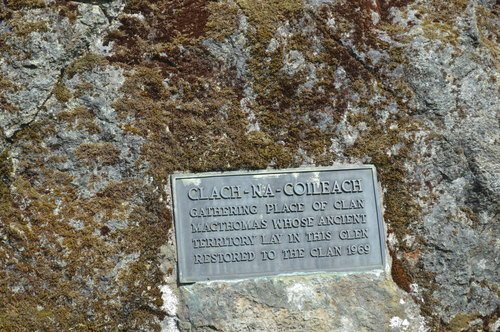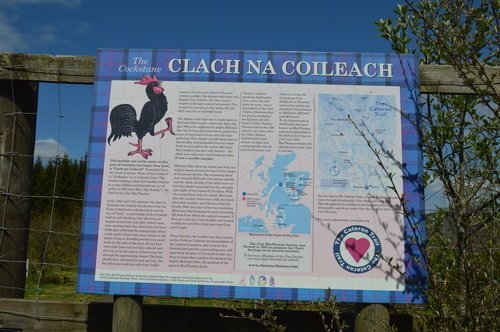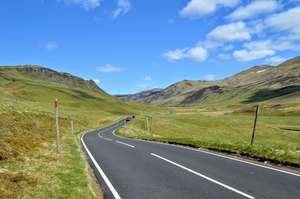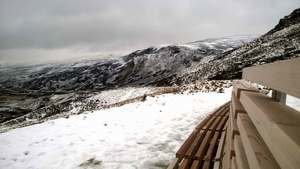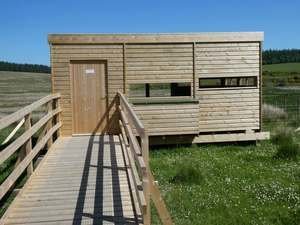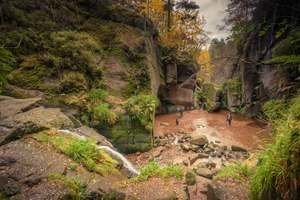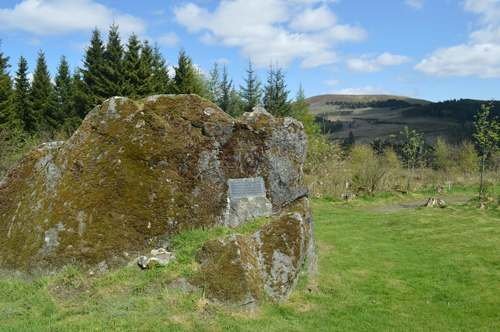
The Cock’s Stone lies close to west side of the A93, just a few hundred yards north of the Wee House of Glenshee. It’s said to symbolise the moment a cockerel confronted the tax men in the 15th Century.
In the 15th century the Lords Superior of the glen were the Earls of Atholl. Their taxmen collected their dues on a regular basis. Quite often they would take a little more than they were actually due.
On one occasion, as the tax gatherers went on their rounds they took the poultry of a poor widow who lived near Finegand, in a cottage owned by McComie Mhor, a man of great physical strength. She complained to him that they had taken more than their due, so he took off in pursuit of them. When he caught up with them he demanded the return of the fowls, but when this was refused he attacked the tax men and put them to flight. On its release, the cockerel immediately flew upon the large boulder and crowed lustily to reclaim his territory; and the rock was called the Cock's Stane from that day on.
Dating back to the 15th century, the MacThomas clan takes its name from a Gaelic speaking Highlander, known as Tomaidh Mor (‘Great Tommy’), who settled his kinsman and followers in Glenshee. The early chiefs of the Clan MacThomas were seated at the Thom, on the east bank of the Shee Water opposite the Spittal of Glenshee. This location is thought to be the site of the tomb of the legendary Diarmuid of the Fionn mac Cumhaill sagas, with which Glenshee has so many associations.
Opening times
Daylight hours only.


